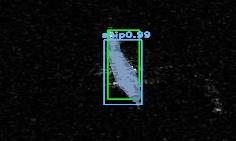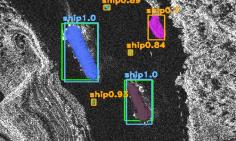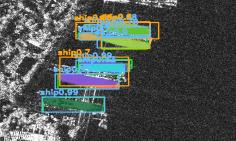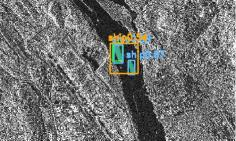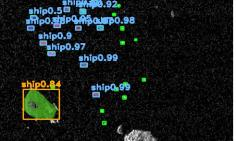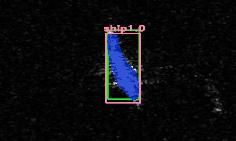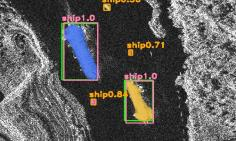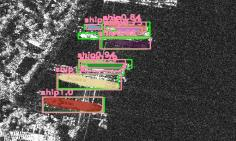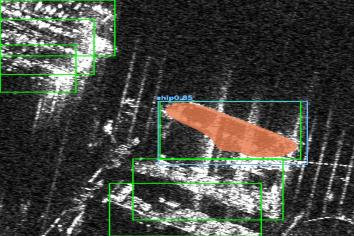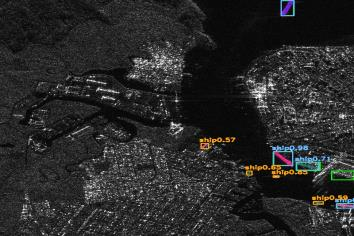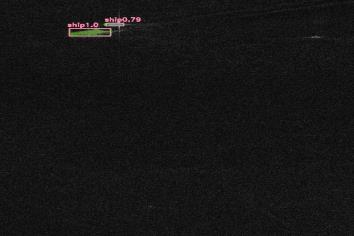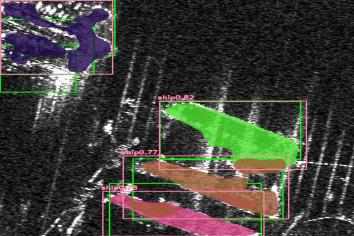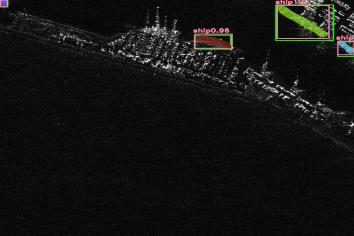Most of existing synthetic aperture radar (SAR) ship in-stance segmentation models do not achieve mask interac-tion or offer limited interaction performance. Besides, their multi-scale ship instance segmentation performance is moderate especially for small ships. To solve these problems, we propose a mask attention interaction and scale enhancement network (MAI-SE-Net) for SAR ship instance segmentation. MAI uses an atrous spatial pyra-mid pooling (ASPP) to gain multi-resolution feature re-sponses, a non-local block (NLB) to model long-range spa-tial dependencies, and a concatenation shuffle attention block (CSAB) to improve interaction benefits. SE uses a content-aware reassembly of features block (CARAFEB) to generate an extra pyramid bottom-level to boost small ship performance, a feature balance operation (FBO) to improve scale feature description, and a global context block (GCB) to refine features. Experimental results on two public SSDD and HRSID datasets reveal that MAI-SE-Net outperforms the other nine competitive models, better than the suboptimal model by 4.7% detec-tion AP and 3.4% segmentation AP on SSDD and by 3.0% detection AP and 2.4% segmentation AP on HRSID.
翻译:现有大多数合成孔径雷达(SAR)船舶中分离模型不能实现掩码间隔或提供有限的互动性能。此外,它们的多尺度船舶实例分割性表现尤其对小型船舶来说是中度的。为了解决这些问题,我们建议为SAR船舶分离性而建立一个遮蔽关注互动和规模增强网络(MAI-SE-Net ) 。MAI使用一个强大的空间云中集合(ASPP),以获得多分辨率特征响应,一个非当地区块(北草坪会议大楼),以建模远程依赖空间模型,以及一个凝聚关注区块(CSAAB),以提高互动效益。SE利用一个内容觉悟重装地块(CARAFEB) 来生成一个超金字塔底级的增强小型船舶性能、一个地貌平衡操作(FBO)来改进规模特征描述,以及一个全球背景块(GCB)来改进特征。两个公共SCDD和HRSID数据集的实验结果显示,MAI-S-Net比其他九种竞争性模型(AS-MAD% APMDDM 3) 和MADDM AS-ROMADM AS-3.4 APM AS-3.4 AS-MADM AS-MADM AS-3.4 AS-3.4 AS-3.4 APM AS-3.4 APM AS-3.4 AS-3.4 AS-3.4 SAM-3.4 MAM-3.4 AS-3.4 的模型比等段的模型更好。









